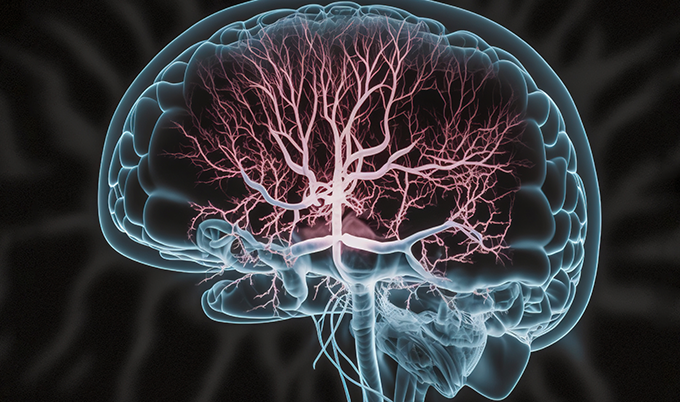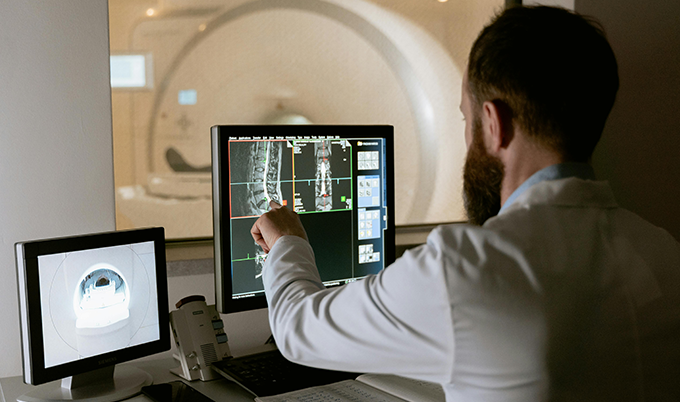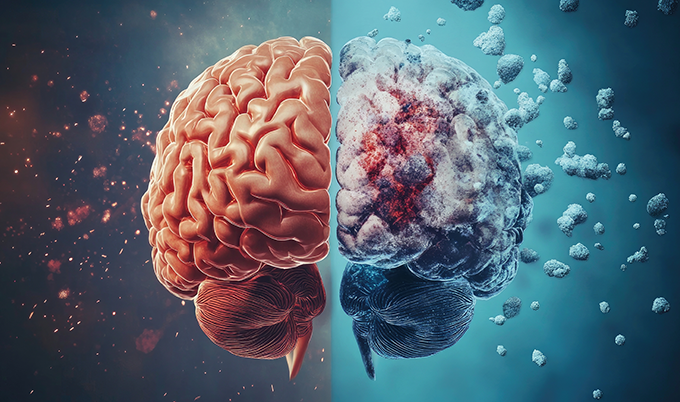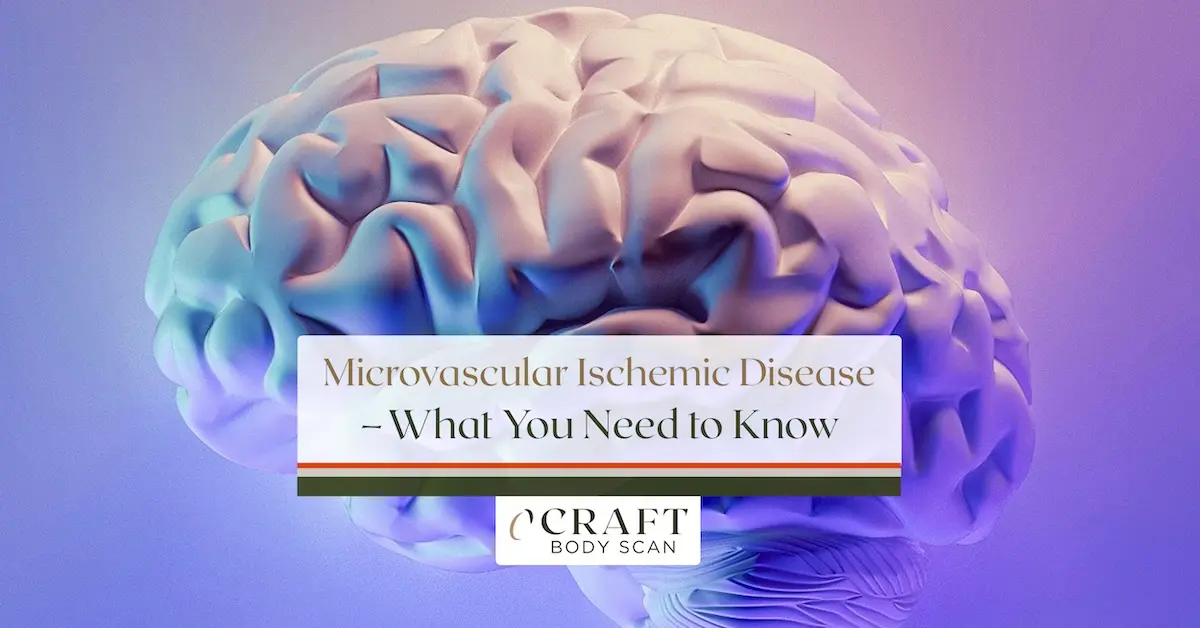Microvascular ischemic disease affects the brain’s tiniest blood vessels, reducing blood flow and sometimes causing long-term damage to brain tissue. It’s often linked to aging and conditions like high blood pressure, diabetes, and high cholesterol. This disease plays a major role in cognitive decline, strokes, and even difficulty with movement.
Learning about this condition, its warning signs, and how to catch it early can help you take charge of your health and well-being.

What Is Microvascular Ischemic Disease?
At its core, microvascular ischemic disease happens when the brain’s small blood vessels become damaged or narrowed. These vessels are essential for delivering oxygen and nutrients to the brain. When they don’t function properly, lesions can form in the brain’s white matter, disrupting communication between different brain areas and causing symptoms over time.
Quick Facts:
- Most common in adults over 60.
- Closely associated with high blood pressure, diabetes, and high cholesterol.
- A leading cause of vascular dementia and strokes.

Recognizing the Symptoms
Symptoms can vary widely, from subtle to severe. Here are the most common ones:
- Cognitive Changes: Difficulty concentrating, forgetfulness, or slower thinking.
- Trouble Moving: Issues with balance, frequent falls, or unsteady walking.
- Mood Shifts: Depression, mood swings, or feeling indifferent.
- Headaches or Dizziness: Persistent headaches or feeling lightheaded.
- Stroke Symptoms: Sudden numbness, weakness, or trouble speaking.
These signs can appear gradually, so it’s important to talk to a doctor if you notice anything unusual.
Timeline of Microvascular Ischemic Disease
hover over the icons for more information on signs and symptom
What Causes Microvascular Ischemic Disease?
This condition is typically tied to long-term damage to the brain’s small blood vessels. Some key risk factors include:
- High Blood Pressure: Puts stress on blood vessels, causing wear and tear.
- Diabetes: High blood sugar levels lead to inflammation and damage.
- High Cholesterol: Promotes plaque buildup that restricts blood flow.
- Smoking: Accelerates vascular aging and decreases oxygen delivery.
- Aging: Natural aging weakens blood vessels over time.
By knowing your risks, you can make lifestyle adjustments to help protect your brain.

How Is It Diagnosed?
To diagnose microvascular ischemic disease, advanced imaging tests are essential. These tools give doctors a clear picture of what’s happening in your brain:
- MRI Scans: The gold standard for spotting white matter lesions and vessel damage.
- CT Scans: Helps identify changes in blood vessels and brain structure.
- Cognitive Tests: Measures memory, attention, and problem-solving abilities.
With cutting-edge imaging technology, like what Craft Body Scan offers, it’s easier to detect the condition early and take steps to manage it.

Why Early Detection Matters
If left untreated, microvascular ischemic disease can lead to serious complications:
- Stroke: Damaged vessels increase stroke risk.
- Vascular Dementia: Reduced blood flow causes cognitive decline.
- Mobility Issues: Difficulty walking or balancing, leading to injuries.
- Chronic Pain: Headaches and persistent discomfort linked to vascular problems.
Spotting the disease early means you can work with your healthcare team to reduce risks and maintain your quality of life.

How to Manage the Condition
While there’s no cure, the progression of microvascular ischemic disease can often be slowed through lifestyle changes and medical care:
Lifestyle Tips:
- Keep Blood Pressure in Check: Use medication and eat a heart-healthy diet.
- Improve Cholesterol Levels: Focus on fiber-rich foods and consider prescribed medications.
- Stay Active: Walking, swimming, or yoga can improve circulation.
- Quit Smoking: Stopping smoking can dramatically boost your vascular health.
- Eat Balanced Meals: Incorporate fruits, vegetables, whole grains, and lean proteins.
Medical Treatments:
- Blood Thinners: Prevent clots and improve blood flow.
- Therapies: Cognitive and physical therapies can help with memory and movement.
- Regular Monitoring: Ongoing scans can track disease progression.

Why Health Scans Are Crucial
Advanced imaging scans are invaluable for detecting and managing microvascular ischemic disease. They provide:
- Early Detection: Catch issues before they worsen.
- Progress Tracking: Monitor changes and adjust treatments as needed.
- Peace of Mind: Rule out other conditions with overlapping symptoms, like Alzheimer’s.
At Craft Body Scan, state-of-the-art imaging technology ensures you get the clarity and information you need to make informed decisions about your health.

Is a Health Scan Right for You?
If you fall into any of these categories, a health scan could be a smart choice:
- Over 60 years old.
- Have high blood pressure, diabetes, or high cholesterol.
- Smoke or used to smoke.
- Experience memory issues, dizziness, or balance problems.
- Have a family history of stroke or vascular conditions.
Taking a proactive approach can help you stay ahead of potential health issues.
Living with Microvascular Ischemic Disease
This condition affects how the brain functions in many ways, from slowing mental processing to impairing movement. But understanding its impact can empower you to take steps that preserve your health.
Ways It Affects the Brain:
- Lesions in White Matter: Lead to memory and thinking challenges.
- Cognitive Decline: Slower decision-making and problem-solving.
- Motor Issues: Trouble walking or coordinating movements.
With early intervention, you can minimize these effects and maintain your independence longer.
Simple Steps to Lower Your Risk
Some risks, like age and genetics, are beyond your control. But there are plenty of steps you can take to lower your risk:
- Manage Chronic Conditions: Keep blood pressure, cholesterol, and diabetes under control.
- Eat for Brain Health: Include foods like berries, leafy greens, and fatty fish.
- Get Moving: Regular exercise boosts circulation and brain health.
- Quit Smoking: This one change can make a huge difference.
- Limit Alcohol: Excessive drinking increases inflammation and vascular strain.
Small, consistent efforts can lead to big results when it comes to protecting your brain.
Facing the Emotional Side
Dealing with microvascular ischemic disease isn’t just about physical health. It’s normal to feel worried or frustrated. You may experience:
- Anxiety: About what the future holds.
- Social Challenges: If mobility or speech issues limit interactions.
- Depression: Changes in the brain can affect mood.
wLean on loved ones, and don’t hesitate to seek support from a counselor or therapist. Mental health is a vital part of overall wellness.
Why Early Screening Can Make All the Difference
Microvascular ischemic disease often flies under the radar due to its gradual onset. Regular screenings can:
- Identify Risks: Spot potential problems early.
- Guide Care: Help tailor treatments and lifestyle adjustments.
- Provide Clarity: Rule out other conditions that mimic its symptoms.
Craft Body Scan’s imaging services make it easy to take that proactive step toward better health.

Ready to Take Charge?
Microvascular ischemic disease doesn’t have to dictate your life. With knowledge, early detection, and a commitment to healthy habits, you can protect your brain and maintain your independence.
Schedule your scan with Craft Body Scan today to take the first step toward better health. With quick appointments, expert care, and cutting-edge technology, you can stay proactive about your heart health and live life with confidence.
.
Common Questions Regarding Microvascular Ischemic Disease
Is microvascular ischemic disease serious?
Yes, microvascular ischemic disease can be serious, especially if left unmonitored or unmanaged. It affects the brain’s small blood vessels and can contribute to cognitive decline, mobility issues, and increased stroke risk over time. While some individuals remain asymptomatic in early stages, the condition may progress silently.
How long can you live with microvascular ischemic disease?
Many people live for years with microvascular ischemic disease, particularly if it’s diagnosed early and lifestyle changes are made. However, the condition may worsen over time and lead to complications. The progression varies based on individual health, presence of comorbidities like hypertension or diabetes, and how effectively those risk factors are managed.
Is there a cure for microvascular ischemic disease?
There is currently no cure, but the condition can often be managed, which is why early detection is vital. Treatment focuses on controlling underlying health issues such as high blood pressure, high cholesterol, and diabetes. Preventive steps like regular exercise, a balanced diet, and avoiding tobacco use may help slow progression.
How do you treat chronic ischemic changes in the brain?
Treatment for chronic ischemic changes focuses on preventing further damage. Physicians typically recommend managing cardiovascular risk factors through medication, diet, and exercise. In some cases, low-dose aspirin or other antiplatelet drugs may be used to improve blood flow. Cognitive therapy and lifestyle adjustments are also important for those experiencing symptoms.
What is the life expectancy of someone with microvascular ischemic disease?
Life expectancy depends on several factors including age, severity of the disease, and how well other health conditions are controlled. While the disease itself may not be fatal, it can increase the risk of stroke, dementia, and functional decline — all of which influence long-term outcomes. Proactive healthcare and regular monitoring play a major role in maintaining quality of life.
How do you treat small vessel disease in the brain?
Treatment typically involves addressing the root causes such as high blood pressure, diabetes, and high cholesterol. Doctors may prescribe medications to improve blood flow and reduce clotting risks. Lifestyle changes like quitting smoking, improving diet, and exercising regularly are also central to managing the condition and preventing further vascular damage.






